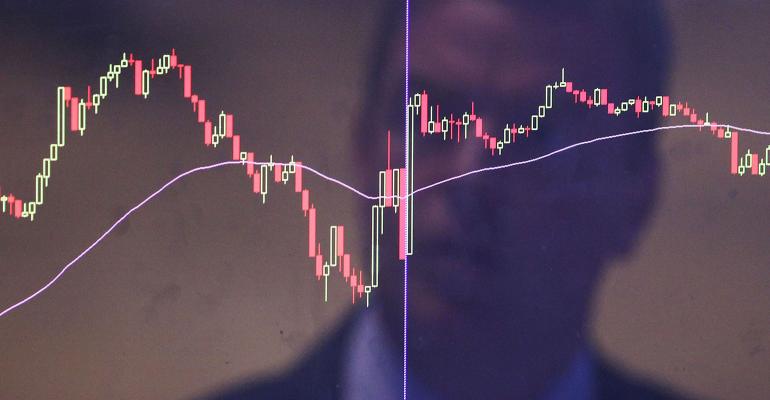Investors have long sought refuge in the comfort of benchmarks, clinging to easy comparisons of returns and losses as a gauge of fund performance in a market that can otherwise feel opaque and unpredictable.
But, in reality, benchmark-dependent investors are often caught in a vicious cycle, seduced by dramatic price increases into chasing an elusive goal. They buy high and sell low based on a flawed assumption that the benchmark comparison is an indicator of future success. In short, this way of thinking about the benchmark is failing investors.
Benchmark reliance is part of a larger problem of dependence on recent track records, one deeply engrained in the investor psyche and rooted in client-advisor relationships. The past is an objective, undisputed record. Investors can easily wrap a transaction around it, which offers a moment of euphoria for those looking to cash in on soaring stock prices. That belief is fueled by the regular flow of statements, quarterly performance reports and benchmark comparisons to clients that inflate the importance of these numbers.
What investors often fail to consider is that outperformance may simply be a remnant of the past, possibly only the result of the economic environment that coincided with it. Investors can become distracted by trailing period statistics while ignoring the true indications that a fund is poised to increase wealth or meet other goals over the long-term. Benchmarks and recent track records don’t indicate how an equity fund’s strategy fares in different market environments and may shed little light on how skilled the fund manager is.
Rather than shunning active managers based on short-term underperformance, investors must accept that, for truly active managers, not all short-term performance comparisons will be positive, even on a path to long-term outperformance. And they must change how they judge success. As a start, look for strategies in sync with objectives such as wealth creation, risk avoidance and income production. So, instead of initially asking how a fund compared to its benchmark over one-, three- and five-year periods, investors’ core evaluation of investment success should typically focus on: Where did I start? Where do I need to finish? And, am I on track to getting there?
To further relieve the issues faced by investors relying solely or largely on recent benchmark comparisons, we believe investment evaluation should incorporate past, present and future perspectives. For the past, investors should understand a strategy’s demonstrated value since inception, over full market cycles and during rolling periods of time (e.g., five years)—in addition to recent trailing results. Also, identify the types of environments when the strategy underperformed and outperformed and the objectives that a strategy historically facilitated, such as wealth enhancement, income production, tax sensitivity or downside protection.
For the present, consider whether the strategy maintains the ability to deliver value via a differentiated experience from the benchmark. For example, investors can look for evidence of conviction through measures such as Active Share and number of positions in a portfolio. For the future, investors may assess the kind of market environment they anticipate and what types of strategies would be expected to excel in that environment.
It’s time to rethink the over-reliance on recent benchmark comparisons. In the end, it’s a major paradigm shift that requires investors to change how they evaluate and plan for investment success.
Steven M. Graziano is president of Touchstone Investments, an active mutual fund company.





